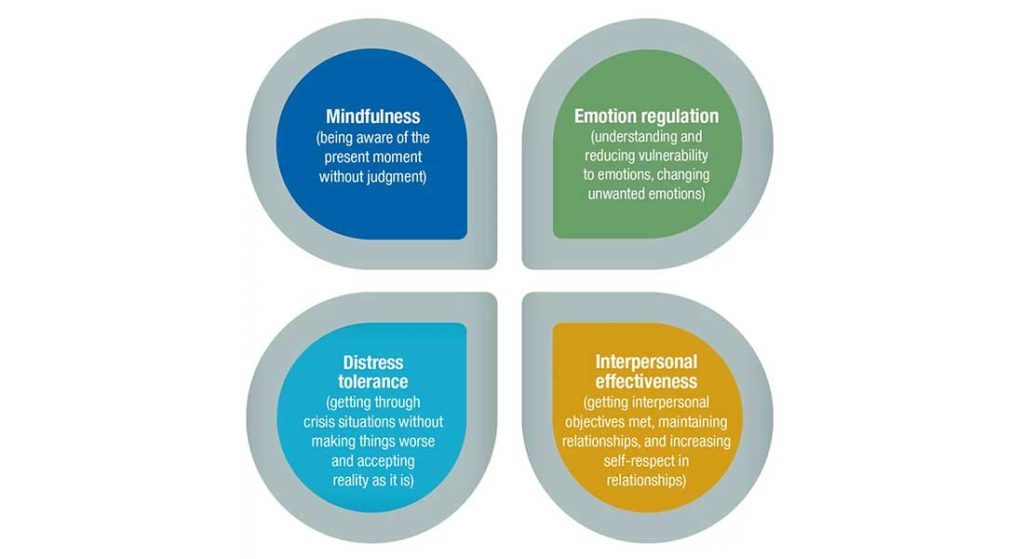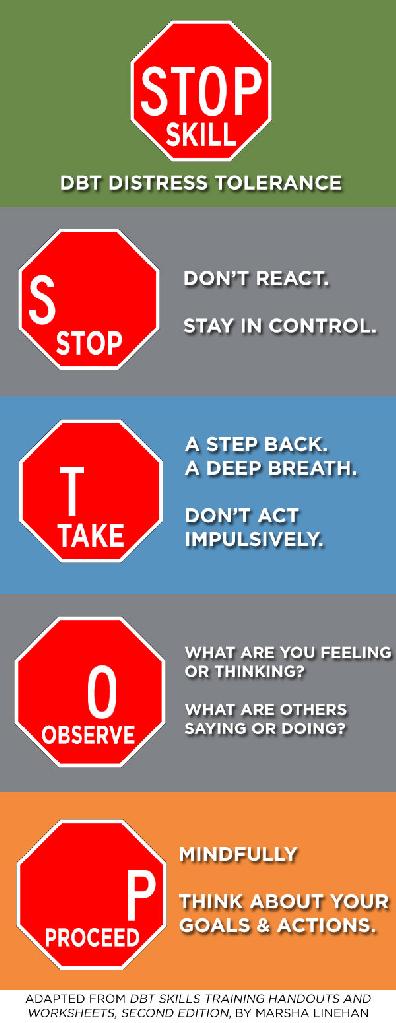Employers can’t expect their hires to already be finished products when they walk through the door. Their growth is up to you and how you establish your workplace.
3 Tips for Performing a Behavioral Interview. You may not have time to ask all the behavioral questions on this list. To determine which questions are most important, consider which skills are most critical for the role and ask the behavioral questions most likely to help you uncover those abilities.
By establishing a workplace that encourages communication and balance, you can draw out the productivity within your employees and help them achieve job satisfaction within your company. The workplace should stimulate the growth of skills to promote a stable and productive work setting.
- Dog Behavior Management. Dog behavior management differs from dog training in that the dog is not learning anything. Instead, we are controlling things in the dog's environment to prevent certain behaviors. For example, we may never train a dog to overcome a fear of thunder. We can, however, do certain things to manage the dog's fear, such as.
- One of the reasons CBT is so well-known and widely used is because it has been studied so extensively. It is a good modality to study because it emphasizes brief, direct, solution-oriented.
When selecting the people that will comprise your workforce, bringing in employees with the right technical skills isn’t enough. The people you hire have to be able to use their interpersonal skills in different settings while working in tandem with other individuals.
Here are seven behavioral or interpersonal skills that you should zero in on when establishing the culture in your company:
1. Communication
Communication is a very broad topic that can cover different situations and participants. Of course, it’s vital with shared workplaces and responsibilities, like when your employees collaborate on projects.
The goal of properly functioning as a single unit instead of several individuals with different work patterns is a necessity. In addition, employees must adapt to the culture set by their employer.
Clear communication is vital in establishing work culture and patterns in an office space or a similar environment.
Technology can be used to facilitate good communication between team members and management. Some software platforms have built-in features that allow employees to work together more easily. By using these kinds of platforms, employers can monitor project progress and ensure that communication standards are followed
Asana is a great example of collaboration software you can use to coordinate on tasks. Managers can assign tasks and quickly see what all the different teams are working on as well as due dates and progress. Employees can ask questions, make comments, and attach files. You can add followers to relevant tasks and get notifications through email or the app when you are mentioned in comments. Communication between managers and coworkers is made a lot easier by organizing it all in one place that everyone can see.
There are a lot of great features on our ProSky platform as well! The Desk is a great collaboration feature that allows you to evaluate your candidates and employees in a team or individual setting. It also includes all the tools you will need to create and complete a project as a team or individual. As a manager, you can go in and out of the project at any time to see what is being worked on, who's coming up with brilliant ideas, who stands out as a leader, and even who is nonexistent. You can also set milestones and give employees constructive feedback on their projects right from the hub.

In a study conducted by Pepperdine University, qualities like the level of ambiguity and autonomy have been observed to be directly related to the overall personality of the workplace, so everyone should be informed about the type of workplace they are situated in. For example, employers should continually encourage their workers to speak up about vague sections of their assignments and to ask about whatever they do not understand.
Being receptive to questions this way ensures that employees do not hesitate in clearing up their misconceptions and take initiative in comprehending their contribution to the company. This helps to improve communication on both ends.
2. Conflict Resolution
At points of imbalance and friction, your employees have to be able to confront the tension between themselves and resolve whatever disagreement arises. This can be seen as an offshoot of communication, though it is a distinct skill that can be hard to develop due to hesitation and the intimate nature of the workplace.
The worst habit to breed is ignoring these conflicts to the point that they grow and spread like wildfires, damaging relationships and the productivity of both individuals and the team.
Employers should remain aware of potential conflicts and be active in entering and facilitating these more emotional interactions.
One way to accomplish this is through the use of a continuous feedback system. Try sending out pulse surveys on a regular basis throughout the lifetime of a project to gauge employee mood. Track these results over time to see if things are going smoothly or if changes need to be made. This is a great way to receive feedback and opinions on things that can be done to improve the culture or workplace environment.
Actively teaching conflict resolution methods and helping employees develop this skill is important to providing a safe and positive workplace for your employees. Teach them to approach conflicts head-on and not let things fester. Training employees in management on proper ways to deal with 'bad' employees will keep conflict contained.
By setting the example as an employer, you will help guide employees to constructively discuss their issues and remain focused on what’s best for their team and company. Over time, your workers will learn to see the bigger picture when they harbor misgivings.
3. Organization and Able to Balance Work and Life
Although employers would like for their employees to devote as much time as they could to their work, pressuring them to work as much as possible is an old tale of disaster. Mental fatigue and physical frailty follow strenuous work schedules, and no worker will be nearly as capable or stable in that condition. Instead, you’d do better to cultivate an environment of balance, a self-awareness of one’s limits and health in order to work most effectively.
To create a balanced work environment, encourage employees not to take work home with them! You can try restricting work-related emails and calls to certain hours as much as possible.
Encourage employees to focus and give 100% effort during work time, then allow them to focus on personal life outside of work hours will help them keep the work-life balance clear.

Something you can try is implementing a flexible work schedule. At our company ProSky, there are no 8-5 office hours. Instead, employees are given due dates and the freedom to manage their schedules. As long as they complete tasks and hit their deadlines, they can choose how they want to spend their time. For example, they might work less one day and go to their kid’s soccer game because they finished a task early, or they might have to put in a few extra hours over a weekend to complete a complex task.
Try different things to improve work-life balance. Not only will your people work more efficiently, but they also can appreciate their position as something more than a financial necessity. There are many ways to encourage balance, from allowing flexibility in work hours to simply encouraging breaks on a consistent basis. By trusting your workers to find their individual balance, they can draw out their productivity by their own will instead of by external pressure.
4. Time Management
An often underrated attribute of employees, time management doesn’t refer to an employee’s ability to make a deadline, but the organization and execution of their work to complete tasks on time. While this depends more on the skills and habits of the worker, you can help develop your people’s time management skills during their performance.
Removing distractions such as cell phones and social media is one way to ensure employees stay on schedule, but in cases such as remote work from home or outside of traditional office spaces, you will have to focus on promoting good practices through more subtle means.

For example, staggering your assignments into multiple milestones or goals can help guide your workers as well as push them to see the proper pace to complete the project. Separating work into these segments convinces your workers to see certain assignments and tasks as more immediate. You can also repeatedly give time management tips, such as focusing on the most difficult task first thing in the workday, in means such as announcements, emails, and notes. These regular check-ins are a great way to help employees develop time-management techniques to improve their performance over time.
5. Self-improvement
Life in the workplace should not enforce the status quo or stagnation: there should be a constant need or desire for improvement. Complacency leads to a perception of repetition, which is the staple of a job perceived as unchallenging or as a grind. Your staff should be improving to avoid both the frustration of inexperience and contentment with their work.
Good employees want to grow and be challenged. They want to learn new skills and reach new heights of performance.
On the upper end, you can give your workers the tools and mindset to aim for improvement by observing their behavior, work habits, and production. From there, provide feedback and criticisms that they can use to benefit their next assignments, such as sloppiness, tardiness, lack of focus or participation.
An essential part of promoting improvement is to relay to your workers that failure should not be obsessed over, but instead should be considered a bump in the road towards a better result and a better them.
6. Stress Management/Resilience
While balancing the various forces and activities in your daily life is a valuable life skill. It is a subtly different matter learning to fight through the heavier stress from your job or other life factors, whether it be from piling workload or unexpected tragedies.

The most common advice may be to relax or to turn your attention to another activity, but the more constructive approach is to develop resilience to stress in general.
Your employees have to learn how to confront the problems the stress is originating from and actively work to resolve it.
The American Psychological Association has detailed several resilience strategies for those undergoing intense trauma or stress, but you as an employer can play a hand in helping employees deal with workplace stress. Help develop resilience in your employees by encouraging the previous skills related to balance.
In addition, your reminders for breaks can be supplemented by discussions about topics unrelated to work. From friendly chatter to meaningful talks about life, being involved and involving others builds substantial relationships in the workplace and strengthens everyone towards further adversity.
7. Patience
Perhaps one of the less conventional skills on this list in its passivity. However, with the faster-paced culture reinforced by technology, it is easy to forget amongst the new generation that achieving a satisfying position with full purpose takes time, as this interview with Simon Sinek reveals.
While entry-level jobs can be inadequate to many job seekers, reaching the heights where they can use their full potential requires years of growth, experience on the job, and intimacy with their field.
Help employees see the long-term benefits that working for your company will bring by helping them develop a career pathway.
Being transparent about the opportunities available to them through training, completing projects, developing skills, and reaching milestones will be an important motivator to keep employees engaged with your company.
As an employer, Pathways can help you practice patience by:
Encouraging talent-fulfillment - Because you know what skills are needed to succeed, you will be able to prepare training programs for employees that will fill those roles.
Planning out a long-term hiring strategy - Pathways lets you know when to hire for important roles that cannot wait for employees to be trained.
Preparing for company growth - As the company grows and expands, you will know which employees are well-developed enough for future leadership positions.
This type of career pathway is also a great way to show employees the results that their patience will bring in the future. Employees need an angle to see that the years and busywork that they might not find appealing or useful will ultimately lead to an understanding of the field or the foundation of a skill set that they need in their future career.
One Thing In The Momentdialectical Behavioral Training Process
To recap, the 7 behavioral/interpersonal skills that will help you establish a great company culture are:
Dialectical Behavioral Therapy Certification
1. Communication
2. Conflict Resolution
One Thing In The Momentdialectical Behavioral Training Plan
3. Work-life balance
One Thing In The Momentdialectical Behavioral Training Project
4. Time-Management
5. Self-improvement
6. Stress Management
7. Patience
/top-leadership-skills-2063782_final-5b3e6be646e0fb0036272f42-5bbf7e0246e0fb0026d6416a.png)
Dialectical Behavior Therapy Worksheets
By emphasizing these seven traits in your workers, you can lay the groundwork that encourages effective interaction and consistent work-life balance. In their search for a fulfilling field of work to call their own, employees will welcome your flexibility and initiative to help them grow and succeed. They’ll view your company as more than just a source of income: it’ll be a welcome part of their identity and an outlet for their effort and creativity.
Training Courses Dialectical Behavior Therapy
Get started with hiring your amazing team with behavioral skills to boot! Sign up for a demo with ProSky today and see how our platform can help you make sure candidates have these skills before hiring.